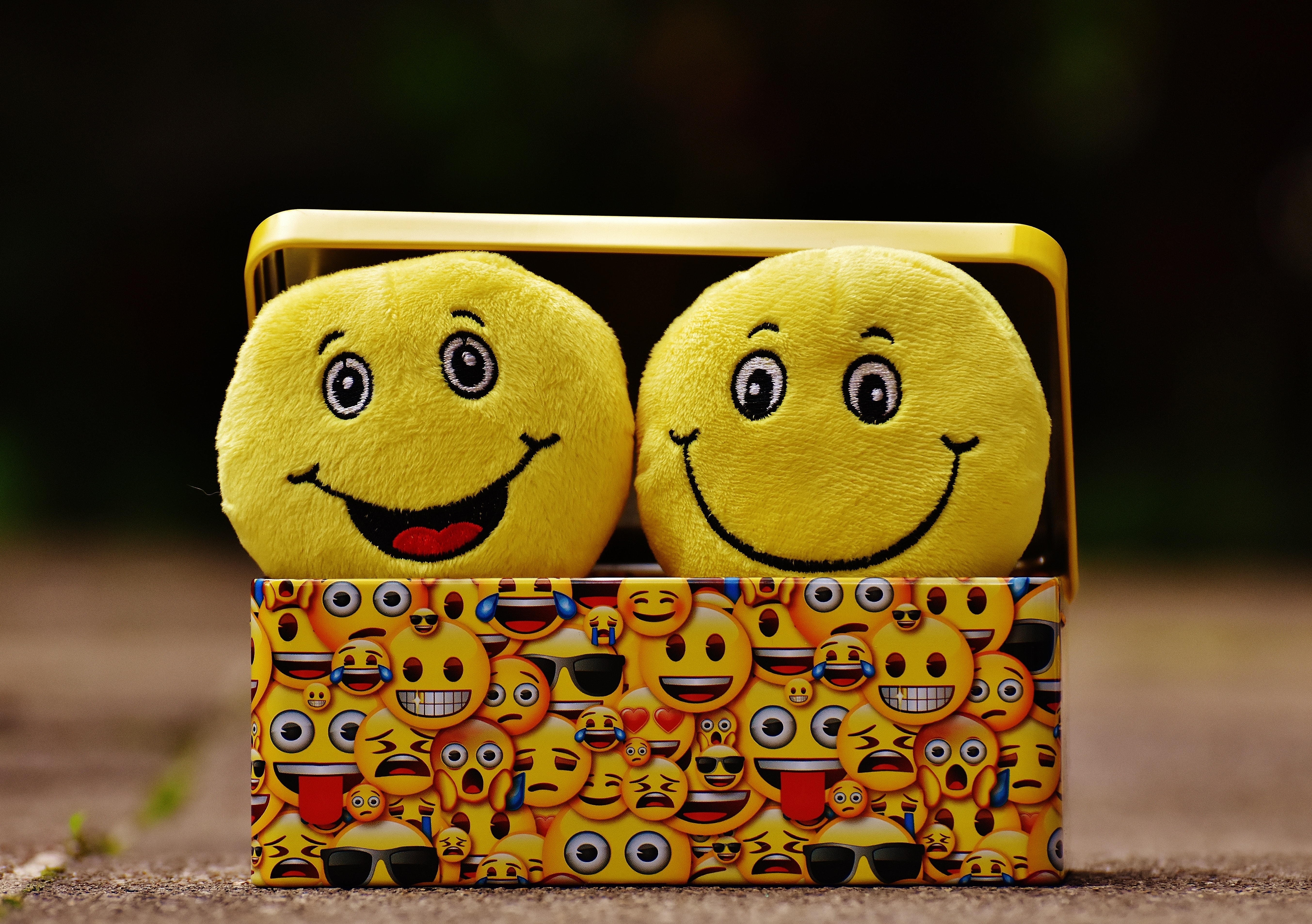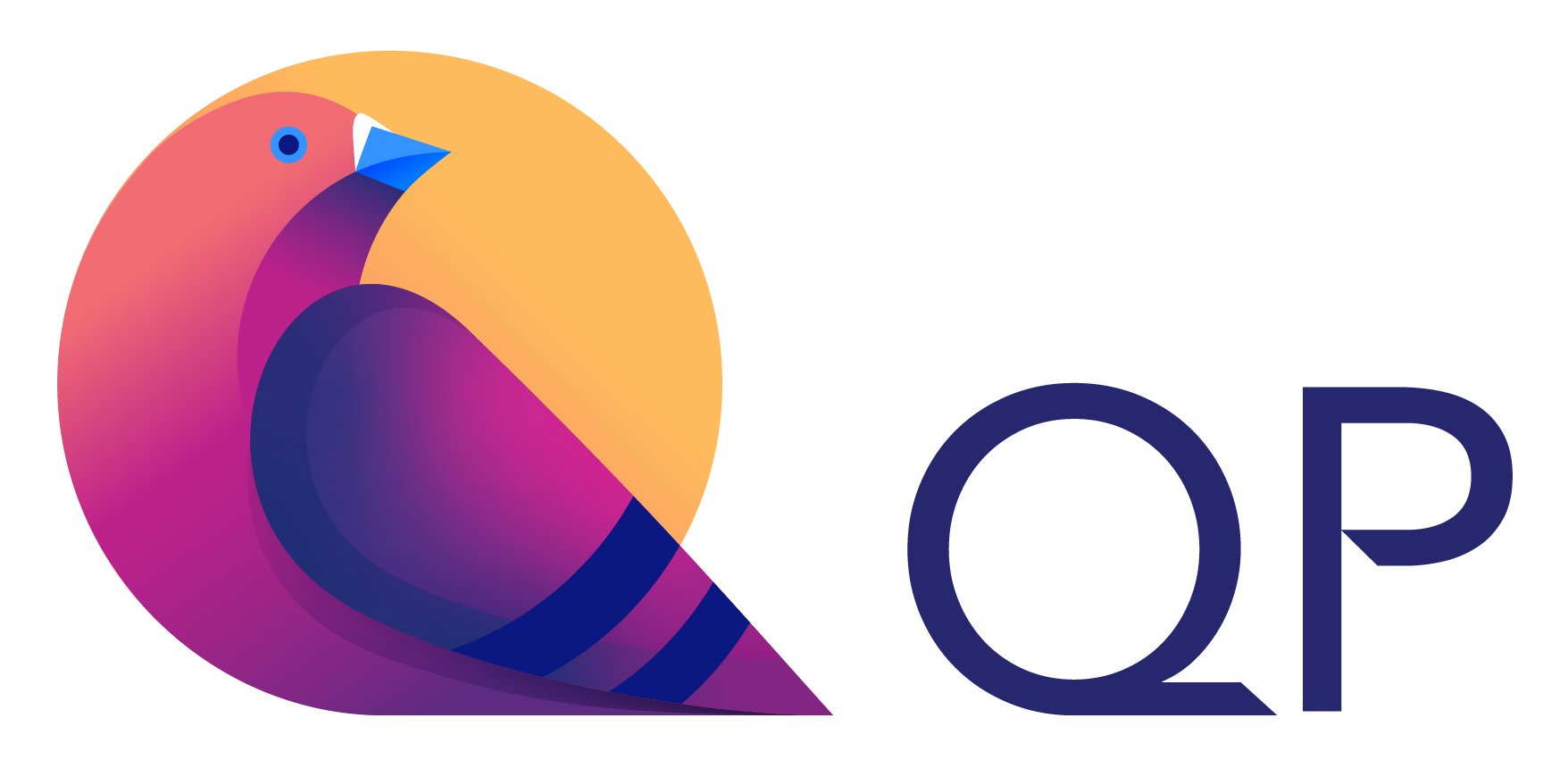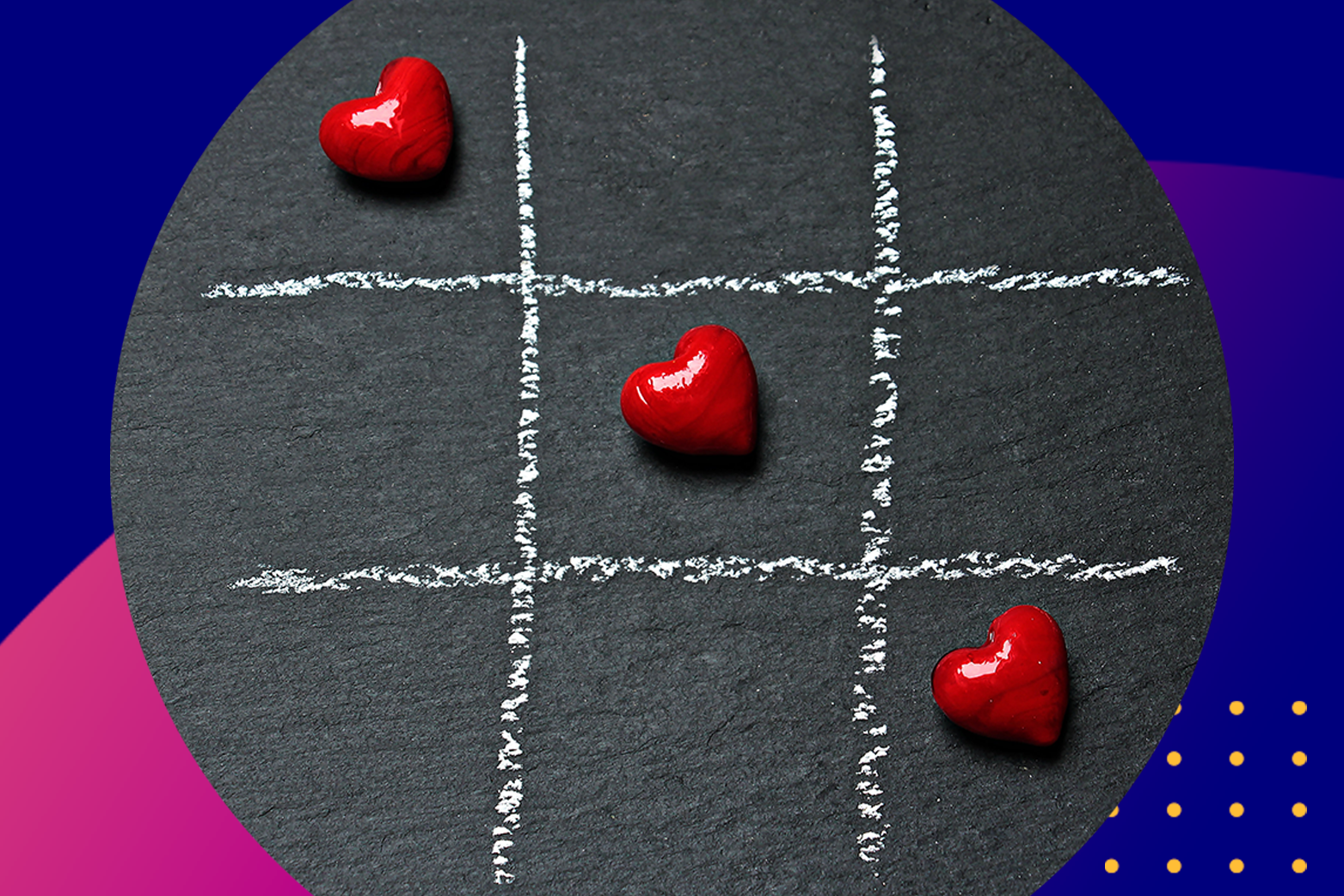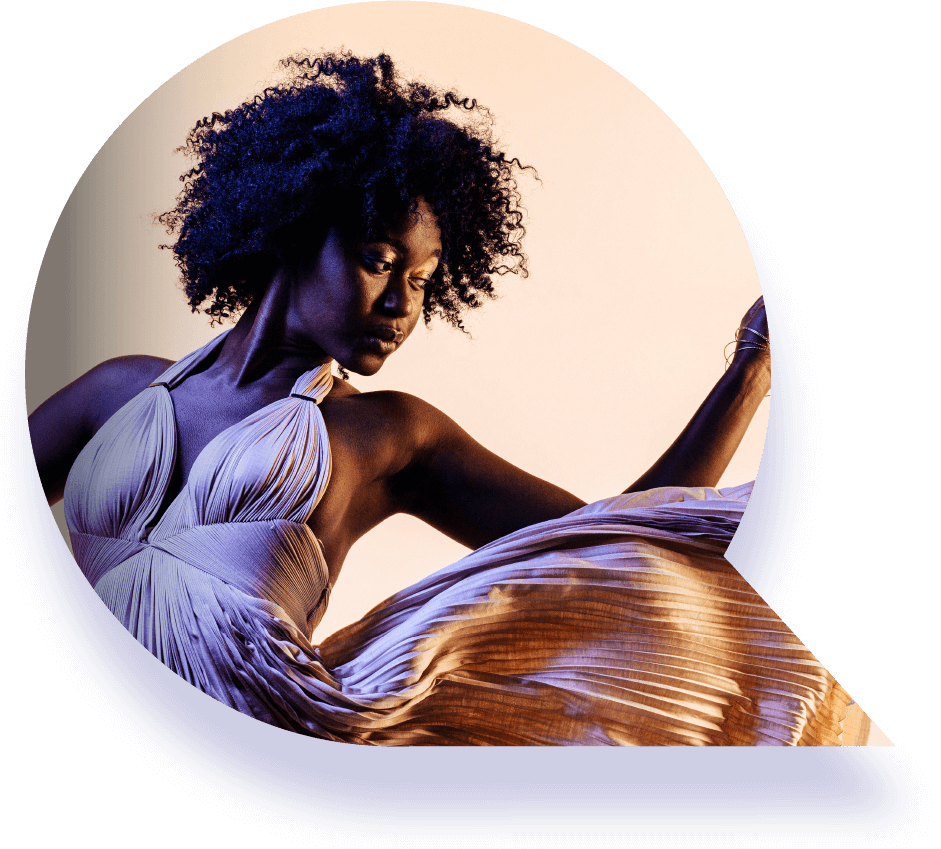LinkedIn - and most traditional social media platforms - are warping our understanding of human connection.
Human connection:
The deep bond that's formed between people when they feel seen and valued.
Users are okay with advertising - even trading their personal data - if they feel the platform brings enough value to their lives.
Let's look at the traditional social media platform to understand the current landscape and how these platforms pay their bills.
LinkedIn launched in 2003, targeting professionals. At the time, you could think of it as online networking. You know, repeatedly firing off the same pitch to different people.
It took a few years before they launched targeted advertising, HR, and prospecting tools.
In 2018, they were acquired by Microsoft, a company known for putting users first and profits second.
L-O-L.

In 2003, Facebook introduced us to a new platform to stay in touch or reconnect with old friends and family.
We were able to deepen our human connection and sense of belonging. Countless people could catch up on old times, rekindle friendships, and even find love.
In early 2004, The Harvard Crimson interviewed Mark Zuckerberg. He said, "it might be nice in the future to get some ads to offset the cost of the servers."
Eighteen years - and countless privacy scandals later - the platform is still capitalizing on the power of a "few" ads to drive its revenue.
On both Facebook and Instagram, it has become hard to find posts you want to see between the suggested and sponsored posts.
Even after rebranding to Meta, its reputation for carelessly managing and selling user data is projected post-acquisition onto Instagram and Whatsapp.
YouTube
Launched in 2005, bought by advertising behemoth and dungeon master of the internet, Google, the next year.
Nuff said.
After launching in 2006, they introduced promoted tweets in 2010.
The app is also a bot favorite.
We're in a wait-and-see modus after the Elon Musk purchase telenovela came to a climax in late 2022.
At this point, we doubt anybody is qualifying Twitter as a platform for civilized and free conversations.

Snapchat
Launched in 2011, they opened their app to advertisers in 2014.
They have created a safer space for people to have conversations although reports have surfaced that employees abused their access to spy on users.
Google+
Launched in 2012, and the rest is history 🫢
And also, kind of funny.
Tumblr, Pinterest, and others
These platforms offer users content without the necessity of interaction with creators. For this reason, we discarded them as ‘social’ platforms.
TikTok
TikTok started as Douyin in China before it took the world by storm.
Advertising and a hefty commission on in-app TikTok coin purchases and withdrawals drive its revenue.
It's creating many opportunities for content creators and businesses, but there are serious concerns about data protection and creator compensation.
BeReal
The app launched in 2020 and gained popularity in 2022.
Without in-app purchases or advertising opportunities, we will determine if they can stand the test of time.
Traditional social media platforms serve advertisers
When going through the list of social platforms, it’s easy to see that they categorize users as content creators or consumers to feed the algorithms designed to increase engagement and maximize ad revenue profits.
You are either a Content Consumer
Users show their preferences and motivations based on their engagement behavior. All clicks, scrolls, and selections are tracked and tested to maximize users' likelihood of clicking on ads and buying.
The more active they are each month, the more ads they will see.
Users pay for using the free platforms with their time and buying potential.
Many have built a genuine connection with the content of their favorite creators and are looking for an opportunity to support them, work with them, or be seen by them.

Or a Content Creator
Creators need to create more and better content to keep the users engaged.
They need to weather algorithm and content format changes, reduce organic reach, navigate multiple social platforms, manage horrible DM experiences, and increase the quantity and quality of their content output.
Creators are fighting an uphill battle they cannot win.
The algorithm will punish them if they spend too much time with their fans.
If they spend too little time with their fans, their engagement will drop, and the algorithm will punish them.
Many creators – starters and pros - are experiencing creator burnout because of the hoops they need to jump through to make it.
The big shift
Social media wanted us to connect with friends, family, and coworkers and build a deeper connection.
It offered an opportunity to belong and be yourself.
Don't get us wrong; it was a good ride.
We created new jobs, built global communities of like-minded people, had access to an endless library of free information and got to know people on the other side of the world.
However, the power balance started shifting.
The creator economy
Creators realized the power they had over social media platforms.
Instead of depending on views and likes, they rely on their passion, creativity, and ability to connect with fans through content to earn a living. With fans' support, they can bring their ideas to life, unrestricted by algorithms.
Most traditional social media platforms do not cater to the creator ecosystem. Instead, they continue to pressure creators to supply more and better content.
The few platforms that allow creators to monetize their content and brand continue to pressure creators to create ever more high-quality content.
Patreon
Patreon fully depends on traditional social media platforms to grow its user base. There is little initiative for cross-platform promotion and reaching a new audience within Patreon.
We also see that much of Patreon’s offer requires more effort or an added investment from the creators.
Onlyfans
Not sure how comfortable we would be sharing our Onlyfans account with a business prospect.
Not that we have one... But, you know, hypothetically.
It will come as no surprise that they have pigeonholed their brand into an extremely specific niche.
But no matter how you look at it, the creator economy is built upon the foundations of the old systems. Most are still content driven. They are still avoiding two-way human connections.
Fans connect emotionally with content and build a mental construct of its creator. Because of the emotional connection, they feel the content speaks to them and feel understood.
Creators deserve to feel their content's impact on their fans’ lives.
Maybe, just maybe, this will help reduce the loneliness and self-doubt that comes with being in the spotlight.
And then there was QP
We built an online community where people can connect without the interference of algorithms or ad-revenue interests.
Without ads that interrupt your videos.
With true end-to-end data encryption and personal data protection.
Where paid channels and paid DMs to help bring ideas to life.
Without Mark, Bill, Elon, Larry, and Sergey looking over our shoulders.
Where humans connect with humans again.
****
Okay, okay, we ended this on a preachy note.
If you want to learn how to use QP to build new revenue streams and monetize your experience and unique abilities, get in touch with our Creator Success Team.
If you are ready to get started, download the app here.


